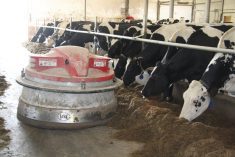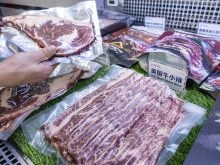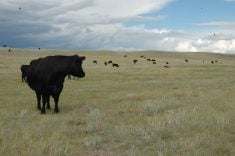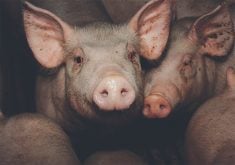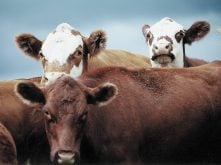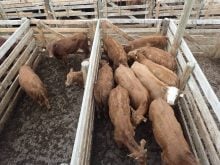RED DEER – Dry weather usually means less disease, but it can bring its own problems.
Ralph Lange of the Alberta Research Council told an agronomy workshop in Red Deer that dry weather encourages an increase in fusarium wilt in canola, sclerotinia in sunflowers and seedling blight in slow-emerging crops.
Fusarium wilt spores are produced on infected leaves and the plant wilts and dies.
“The disease is favoured by warm soil temperatures and low soil moisture,” he said.
It is an aggressive organism that enters the plant’s vascular tissue and stops it from drawing water. It can survive crop rotations, seed treatments and fungicides.
Read Also
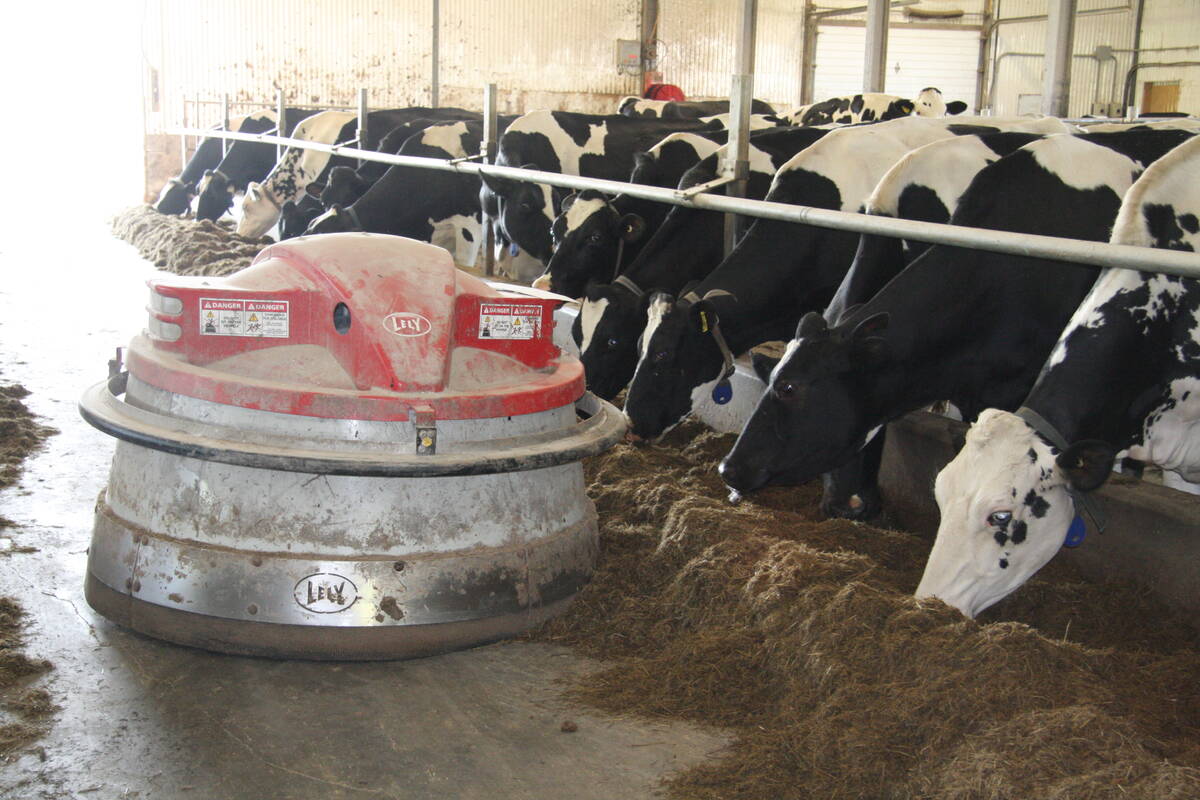
Partnerships, communication key to disease management
Communication and strong, trusted partnerships are key to managing infectious diseases like Foot and Mouth Disease and HPAI.
“These spores are very resistant to degradation,” he said.
Crop rotation is not effective, but some canola varieties are displaying resistance and seed companies are screening their lines for it.
This past year, the disease seemed to occur in the Highway 16 region, from central and northeastern Alberta to Manitoba’s Interlake region.
Severity this year depends on the weather.
Some farmers reported a resistant blackleg strain in canola crops last year, probably because the canola was grown in short rotations or seeded every year in the same spot.
“If you are growing canola on canola, you are just selecting the fungus,” he said.
Don’t assume all new seed varieties are resistant to all blackleg strains, he added.
Club root is another new canola disease in Alberta. It is often found in cole crops such as cabbage, broccoli, cauliflower and radishes and is a serious problem in European and Australian mustard, canola and rapeseed crops.
Last summer it was found in fields owned by four farmers near Edmonton.
“We have a low level infestation but it is not isolated to one field or one producer,” said Murray Hartman of Alberta Agriculture.
A province-wide survey this year will assess club root prevalence.
The disease infects plant roots and is sometimes called fingers and toes disease. The roots swell and masses called galls form on the roots. These growths, which contain millions of spores, stop water and nutrient movement in plants, which wilt and become stunted. Some of the galls can grow to the size of golf balls.
The spores are soil borne and could persist for 10-20 years. The galls start to deteriorate and may have a peat moss type appearance that could be mistaken for root rot.
Yield losses are 50-80 percent when a canola field has 100 percent infection. A 10-20 percent infection rate causes a five to 10 percent yield loss.
The disease needs good moisture conditions and does well in acidic soils with a pH level less than 6.5. French research found 80 percent of infected fields had a soil pH of less than 6.1.
Adding lime to the soil is a common way to raise the pH level, but Canadian research has found this is not effective.
European research in Sweden found it took 17 years to reduce the disease to non-detectable levels in the soil.
It appears to have a half life of 3.5 years so a one in four years crop rotation for canola may not be adequate.
Hartman suggested farmers clean equipment between fields and be wary of buying straw from infected areas. There is always soil in straw that could carry the disease. Treat all seed.



